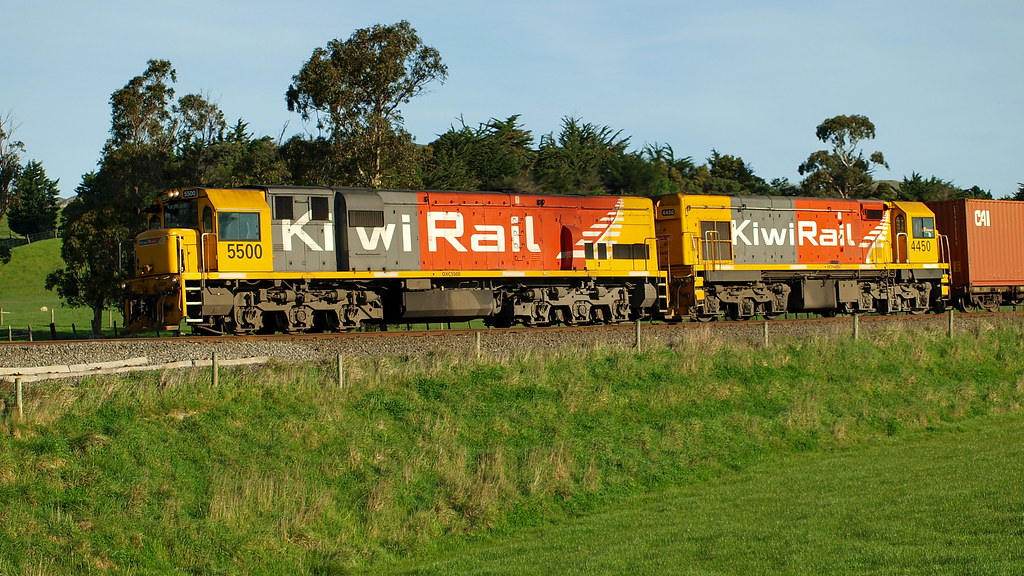Collins Aerospace and Boom Supersonic Announce Collaboration
New agreement to focus on enhancing performance and unprecedented sustainability for world’s fastest commercial aircraft Collins Aerospace Systems, a unit of Raytheon Technologies (RTX), has signed a collaboration agreement with Boom Supersonic, the aerospace company…

